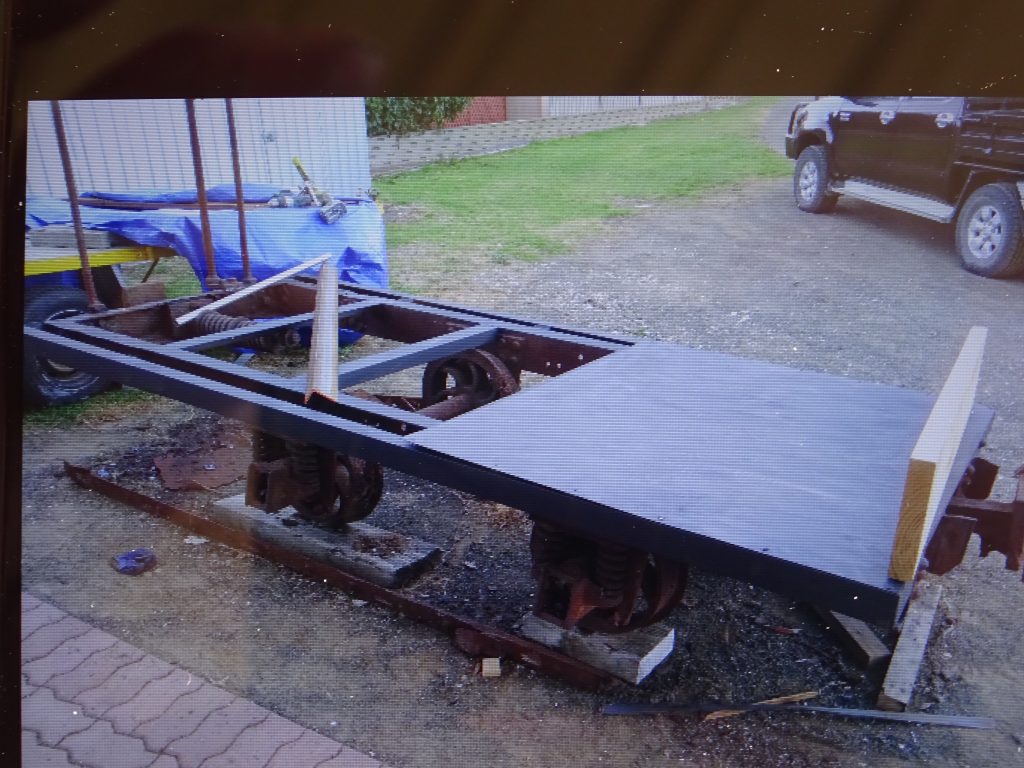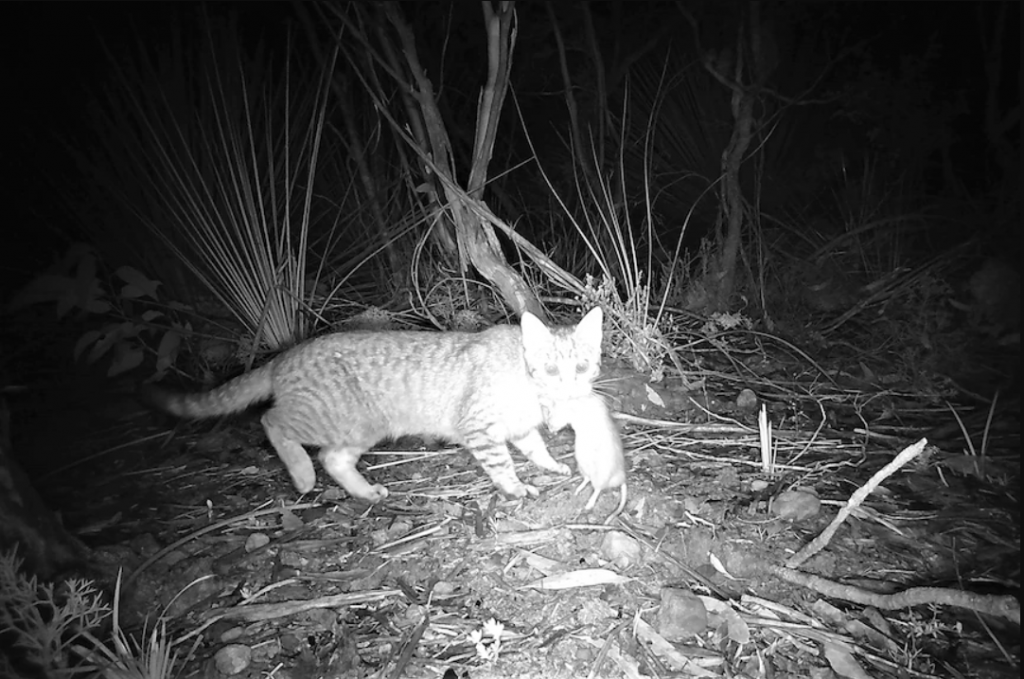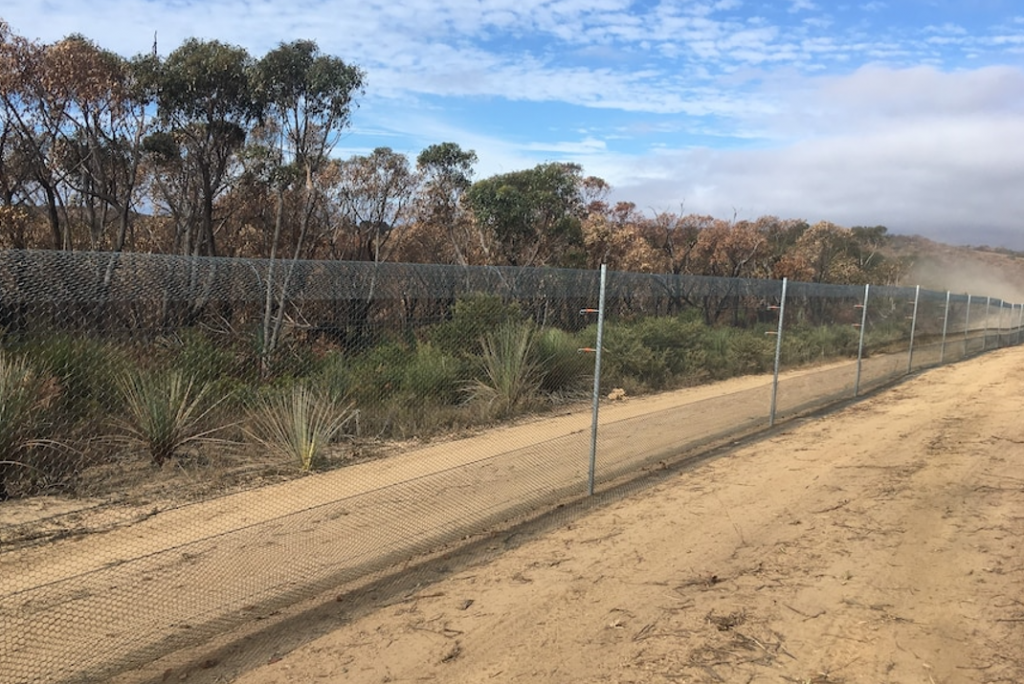Foundation for Rural & Regional Renewal (FRRR)
The restoration of an historic jetty trolley has had unexpected benefits for men’s shed and community members on Kangaroo Island. The trolley was first used in the 1840s to transport basalt along the jetty onto waiting ships. The Kingscote Men’s Shed restoration project has seen the revival of rare trade skills using tools that were used 100 years ago to make the trolley, and the formation of new connections in the community.
The Men’s Shed received a $3,683 Strengthening Rural Communities grant, funded by the Waislitz Family Foundation, in partnership with Australian Community Media, to support recovery from the 2019/20 bushfires that devastated much of Kangaroo Island. This project is one of many FRRR supported across the island to strengthen community connection and support recovery activities.
Graeme Connell, Chair of the Kingscote Men’s Shed said, “The Kingscote Men’s Shed volunteers are very proud of their achievement to restore a 100-year-old jetty trolley and preserve the history of these trolleys that were used on jetties around Kangaroo Island. The older members of the Men’s Shed were able to share their knowledge about the skills and tools used in the old ways of construction of steel products with the younger members.”
The group used social media to stimulate interest and encourage new volunteers. New skills and friendships were formed between Men’s Shed members and community volunteers working together on this historic project, which included a local secondary student. Many passers-by were keen to see the restoration in progress, with a cup of tea at the ready for anyone interested in learning more or just having a chat.
The newly restored trolley sits proudly at the Pioneer Memorial Park as a monument both to past activities that forged the town, and as a marker of recovery. It has already become a favourite destination with local visitors and community members, particularly given its location overlooking the old wharf and beautiful coastline.
The Men’s Shed has well and truly achieved its goal of delivering a shared community project to create “meaningful interactions”. The sense of achievement and confidence from the project, and the camaraderie that has come from it has boosted mental health and wellbeing, which will have lasting impact on the group and wider community.
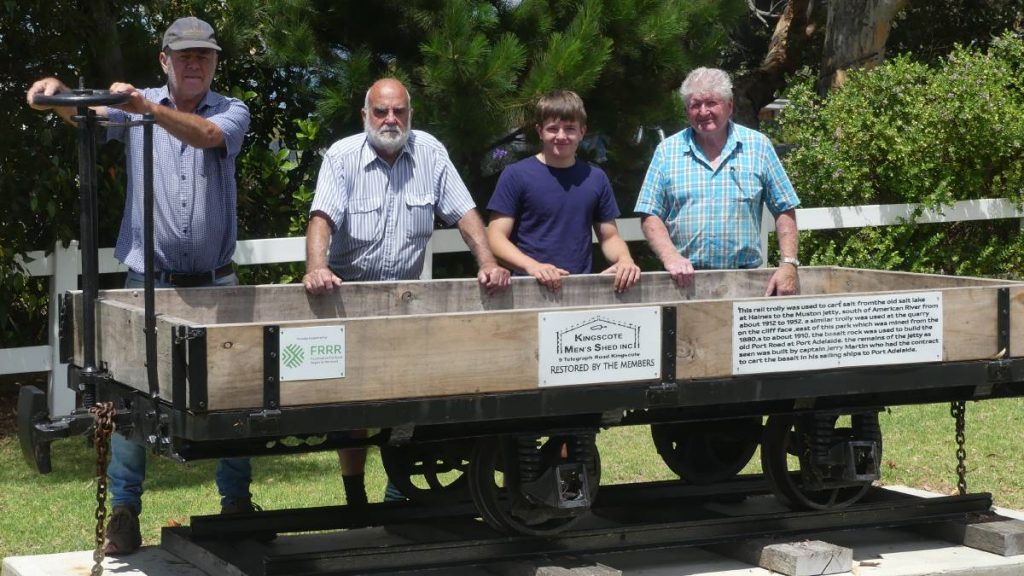
The Penneshaw Community Health Rooms once housed Medical, Community Nursing and Allied Health Services on a weekly basis. With budget restraints by SA Health, these services were discontinued in Penneshaw and centralised in Kingscote, meaning a round trip of approximately 120 km for local residents needing to access services.
Over a number of years, the Penneshaw CWA had advocated the need for the provision of a doctor for the Penneshaw area, liaising with the Kangaroo Island Medical Clinic, Rural Doctors Association of South Australia, Kangaroo Island Health Service, and Kangaroo Island Council. In 2021, the CWA was able to secure the services of a General Practitioner who began consulting one day a week in September 2021.
The Penneshaw CWA, Penneshaw Progress Association (PPA) and Community Volunteers have worked to clean, paint and refurbish the building so that services can be reinstated.
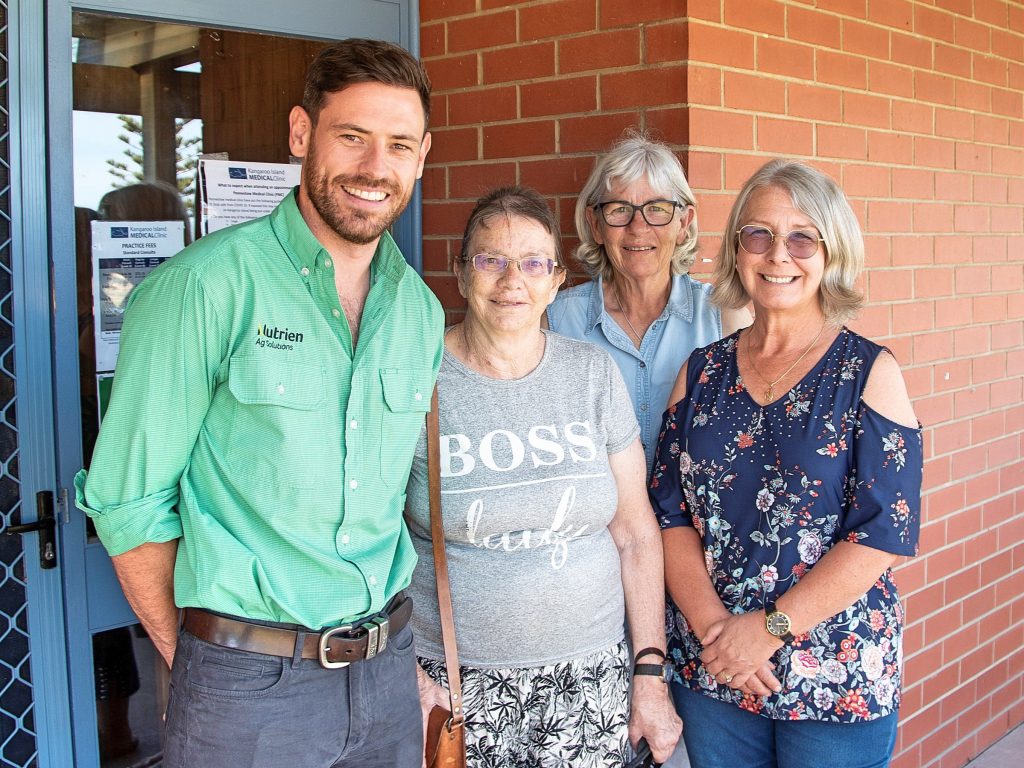
The Penneshaw CWA, with the support of the Penneshaw Progress Association (PPA), was successful in their application for a $5,000 grant through the Nutrien Ag Solutions Community Grants program, with a further $1,000 generously donated by the Penneshaw CFS in support of the facilities. The grant money was used to provide air-conditioning for the clinic’s consulting room and to provide disability access to the toilet, with a high-rise mobility toilet and grab rails. These improvements now meet the standards and guidelines required by the Commonwealth Disability Access Legislation, and provide comfort for the diverse number of users of the clinic.
Just off the South Australian mainland you will find Kangaroo Island (KI). Australia’s third largest Island, KI is known for its stunning nature reserves and wildlife. During the 2019/20 bushfires, the flora and fauna of KI was severely impacted. Around 210,000 ha was burned, which destroyed numerous bushland patches of reserves and private property. The true damage of what this has done to the environment and its habitats is still being determined; it may take years to properly understand the impacts.
With this in mind, all remaining vegetation across KI is now considered to be highly important for conservation. Protecting the wildlife that live within these bushland areas is a high priority to organisations like the Nature Foundation. Their vision is to inspire people to connect with and conserve the natural habitat of South Australia for future generations. The Nature Foundation is involved in a number of projects that educate the broader community, provides scientific research and raises funds and awareness for their conservation work.
One of their more recent and ongoing projects is completely eradicating feral cats from Dudley Peninsula, which is located on the eastern side of the Island. Conservationists report that the feral cats living on KI are preying on small animals and birds that are already under threat from the mass loss to their habitat after the bushfires. They are also known carriers of parasitic diseases (Sarcosporidiosis and Toxoplasmosis), which have caused economic impacts on the island’s primary producers. These diseases are known to affect sheep across the island.
To help reduce the numbers of feral cats, the Nature Foundation received a $25,000 Strengthening Rural Communities (SRC) grant, which was funded by the Fire Fight Australia Fund from donations received during the concert for national bushfire relief in February 2020. The SRC grant was used to purchase and install equipment needed to monitor the cat numbers and their movements around the peninsula. The Nature Foundation has built a cat proof fence that separates the peninsula from the remainder of the Island. They made sure to include gaps in the fence so other wildlife like Kangaroos can get through to the other side. The cameras were installed at the fence breaks to monitor the effect of the fences and to determine the best way to control feral cat numbers.
Since installing the fence and the cameras, it has been reported that numbers and diversity of species within the enclosed area have almost doubled. As reported by the ABC, the current traps set up along the fence are proving to be extremely successful in reducing the number of feral cats to the area.



